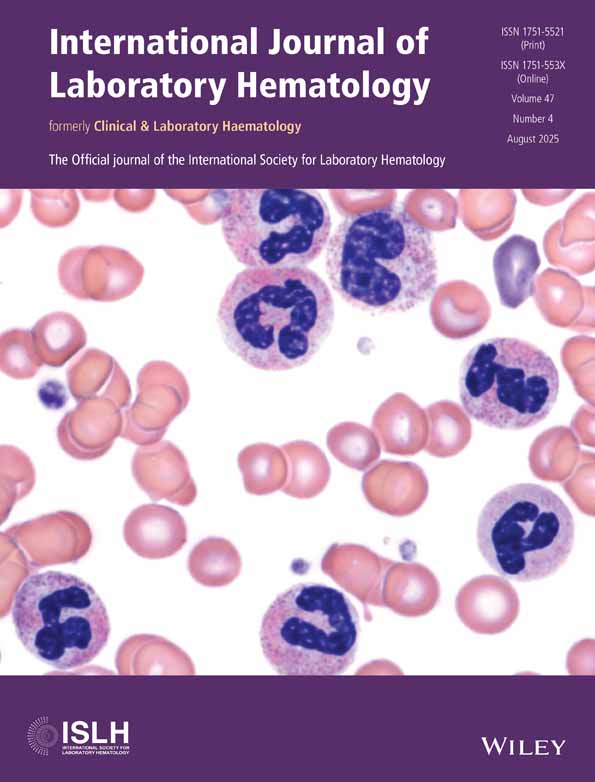Automated Von Willebrand Factor Multimer Image Analysis for Improved Diagnosis and Classification of Von Willebrand Disease
Funding: The authors received no specific funding for this work.
Karthik Anand and Vincent Olteanu contributed equally.
ABSTRACT
Introduction
Von Willebrand factor (VWF) multimer analysis is essential for diagnosing and classifying von Willebrand disease (VWD) but requires expert interpretation and is subject to inter-rater variability. We developed an automated image analysis pipeline using deep learning to improve the reproducibility and efficiency of VWF multimer pattern classification.
Methods
We trained a YOLOv8 deep learning model on 514 gel images (6168 labeled instances) to classify VWF multimer patterns into 12 classes. The model was validated on 192 images (2304 instances) and tested on an independent set of 94 images (1128 instances). Images underwent preprocessing, including histogram equalization, contrast enhancement, and gamma correction. Two expert raters provided ground truth classifications.
Results
The model achieved 91% accuracy compared to Expert 1 (macro-averaged precision = 0.851, recall = 0.757, F1-score = 0.786) and 87% accuracy compared to Expert 2 (macro-averaged precision = 0.653, recall = 0.653, F1-score = 0.641). Inter-rater agreement was very high between experts (κ = 0.883), with strong agreement between the model and Expert 1 (κ = 0.845) and good agreement with Expert 2 (κ = 0.773). The model performed exceptionally well on common patterns (F1 > 0.93) but showed lower performance on rare subtypes.
Conclusion
Automated VWF multimer analysis using deep learning demonstrates high accuracy in pattern classification and could standardize the interpretation of VWF multimer patterns. While not replacing expert analysis, this approach could improve the efficiency of expert human review, potentially streamlining laboratory workflow and expanding access to VWF multimer testing.
Conflicts of Interest
The authors declare no conflicts of interest.
Open Research
Data Availability Statement
Research data are not shared due to commercial restrictions.




